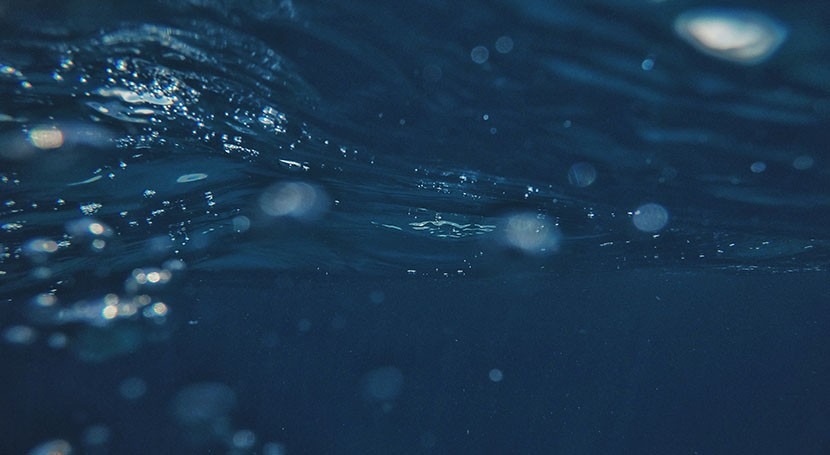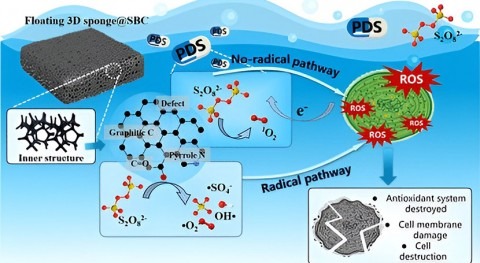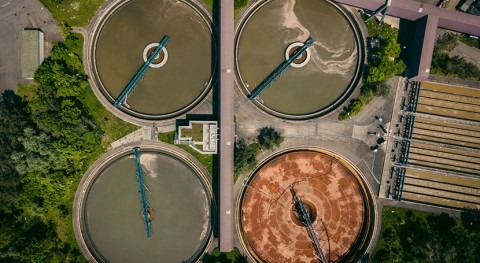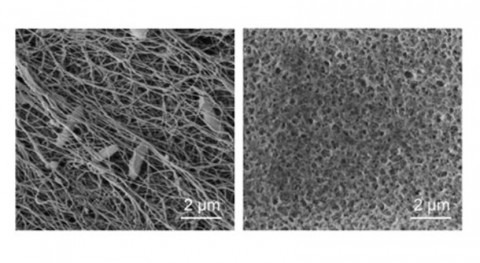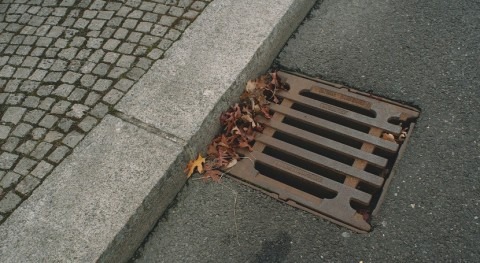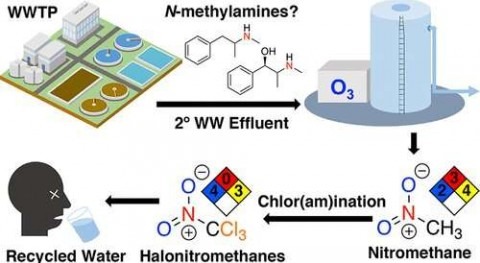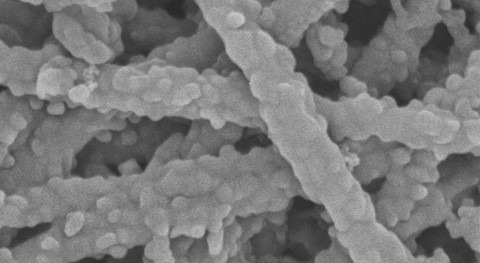Monkeypox, a virus that causes painful rashes and flu-like symptoms, is spreading rapidly throughout many parts of the world, including the U.S. To get a fast understanding of how the virus is moving through communities, researchers reporting in ACS’ Environmental Science & Technology Letters suggest turning to wastewater epidemiology. They show how the method — widely applied to monitor SARS-CoV-2 transmission — could be optimized for monkeypox, potentially detecting as few as seven infections per 100,000 people.
Like SARS-CoV-2, the monkeypox virus can shed from infected people through their feces, urine and saliva. Recently, researchers have detected its DNA in wastewater using polymerase chain reaction (PCR) assays. However, monitoring current monkeypox outbreaks in the U.S. with wastewater-based epidemiology has been limited, despite its success in tracking community-level SARS-CoV-2 prevalence. So, Kyle Bibby and William Chen wanted to evaluate the feasibility of this technique for detecting monkeypox viral DNA in different wastewater scenarios.
Like SARS-CoV-2, the monkeypox virus can shed from infected people through their feces, urine and saliva
The researchers collected information from previous scientific studies about the shedding of monkeypox viral DNA from saliva, stool and urine into wastewater streams. They analyzed that data in combination with people’s daily water usage, concluding that infected people can shed from 13,000 to 208 billion genome copies daily into sewers, with most of that amount coming from stool. These results indicated that a single PCR assay conducted at the lowest level of sensitivity, or 10 genome copies per liter of wastewater, could theoretically detect seven cases out of 100,000 people at the average U.S. wastewater treatment plant. In addition, replicate assays could likely identify even lower infection rates.
Next, the team developed a computer-based strategy to determine the number of PCR assays that would need to be run for wastewater samples collected in the U.S. and other countries, depending on the expected case rates of monkeypox and the desired level of sensitivity. For the U.S., at the average case rate as of July 15, 2022, each sample would need eight replicate assays using a moderately high level of sensitivity to correctly detect monkeypox in the sewage, whereas at a suspected maximum case rate (0.0012%) only four replicates at a lower level of sensitivity would be needed. Since mid-July, case rates have likely increased, so the researchers predict that a lower number of replicates could be implemented now in the U.S. Although there is a lack of information about monkeypox DNA shedding from humans and its persistence wastewater, the researchers say that their computer model can still be a useful framework for developing robust community monitoring programs.


